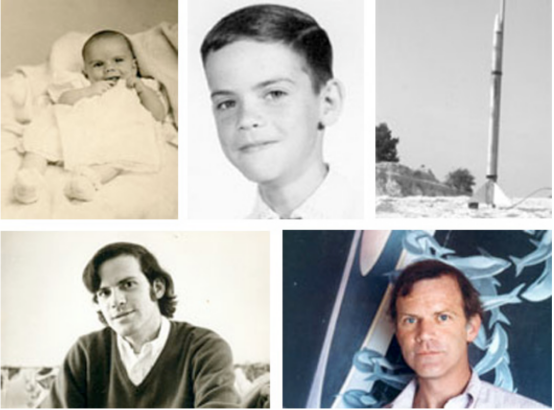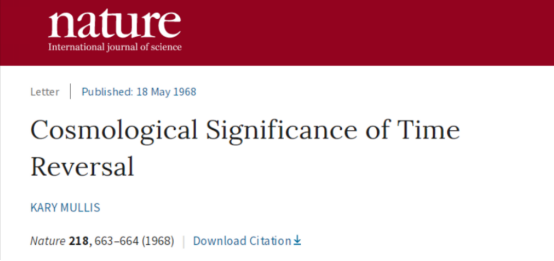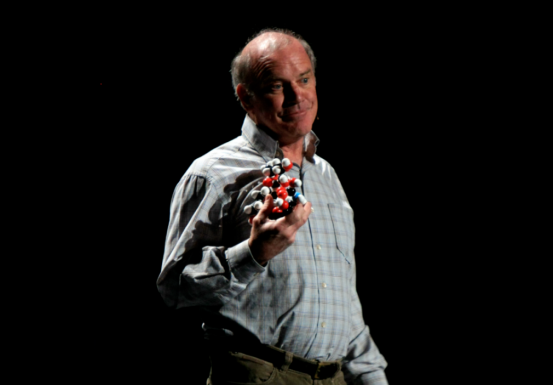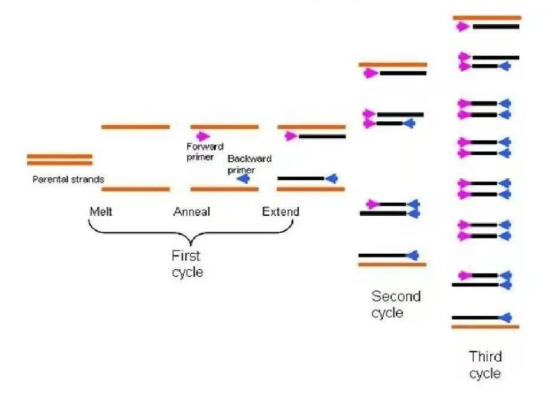Please click the button below to go to our email login page
|
He has written novels and worked as a waiter, but “known nothing about biology"! He won the Nobel Prize for PCR, and later indirectly caused the deaths of 330,000 people!One evening in the spring of 1983, Kary Mullis was off duty from a biotechnology company, and driving along winding Highway 128, when a peculiar idea suddenly crowded his mind: At the time of a DNA fragment amplification, if two primers are added simultaneously to amplify the sense strand and the antisense strand, wouldn't they be amplified on an infinite loop, as long as the primers are sufficient? This thought as the starting point initiates his brainstorming. People thought that Mullis won the Nobel Prize because of this inspiration, but in fact, he spent a decade for this achievement. 01 Talented scholar and ‘problematic’ scientist Mullis took the optional course of chemistry as an undergraduate at Georgia Institute of Technology, where he began synthesizing hallucinogenic drugs.
After graduation, Mullis studied biochemistry at University of California, Berkeley. During his Ph.D. period, he took astrophysics that is unrelated to his major, and published an astrophysics paper about time reversal in Nature as the first author.
In a public interview in 1994, he admitted this period as a “black history”, and said that he had been taking hallucinogens during that time. He even believed the emergency of PCR was influenced by hallucinogens. 02 Gave up scientific research to write novels Mullis is not always keen on scientific research. After getting his Ph.D., he left the scientific community temporarily to write novels, and he also worked in restaurants during the postdoctoral period. Fortunately, Mullis got back to scientific research under the help of his friends and worked in Cetus biochemistry company. 03 Darkest hour before the light comes Peaceful time is transitory, and the PCR idea did not progress smoothly. He spent several months to look for approval, but the impression of Mullis as eccentric and unreliable made sparse scientists support him. In this context, it was not until September of that year that he began his first experiment. After a series of verification, Mullis reported his achievement again at the company meeting in 1984, but no one was attracted. Also, his paper on PCR was rejected for lack of originality when submitting to Nature and Science. Finally, the paper was resubmitted to Elsevier and was not published until 1987.
04 Bottom out and rise The sharpness of a sword is honed from grinding, and the fragrance of plum blossoms comes from enduring bitter cold. In 1993, Mullis mounted the Nobel podium and recognized by the world. The discovery of PCR also brought epoch-making significance to the biomedical field.
The New York Times commented on the finding, “highly innovative and extremely important, dividing biology into two eras: the pre-PCR era and the post-PCR era.” If the double helix opens the era of molecular biology, then PCR enables the rapid development of molecular biology. 05 Self-liberation or ‘Nobel-triggered disease’? After winning the Nobel Prize, Mullis remained controversial. In his later year, he made some “pseudoscientific statements”, and even questioned the correlation between AIDS and AIDS virus. He didn’t advocate the anti-virus treatment, but recommended to treat AIDS with garlic, olive oil and lemon. It is this view that has led to the needless deaths of as many as 330,000 people. With Mullis' death, the controversy and discussion of this topic faded, and his contributions to science will constantly impact people's lives and scientific research. |




